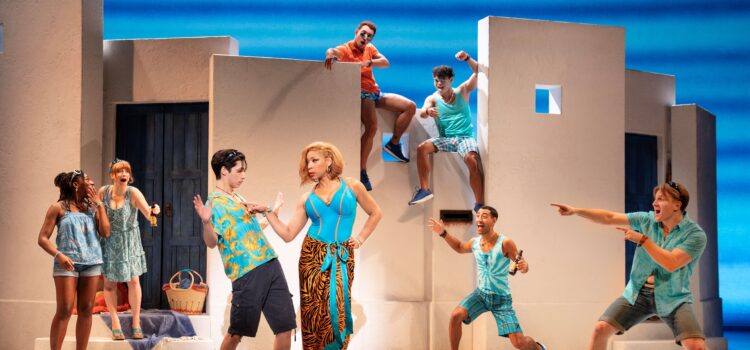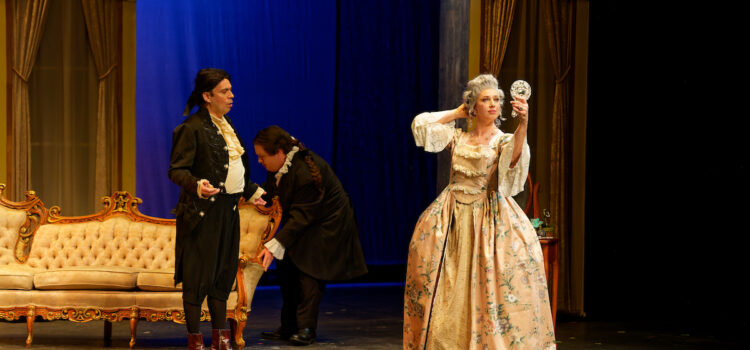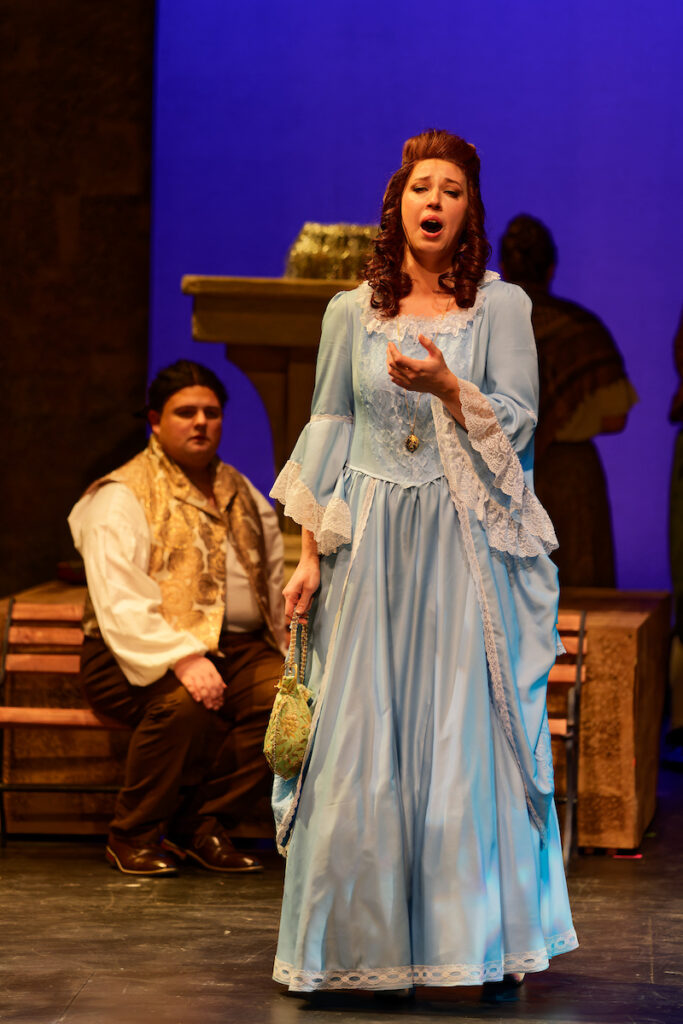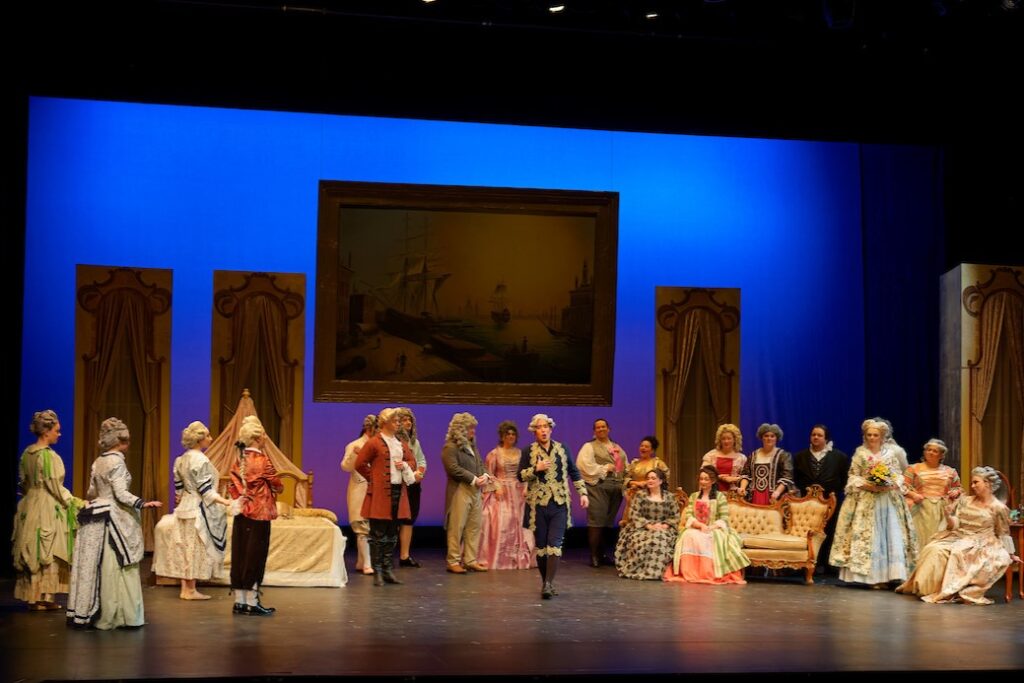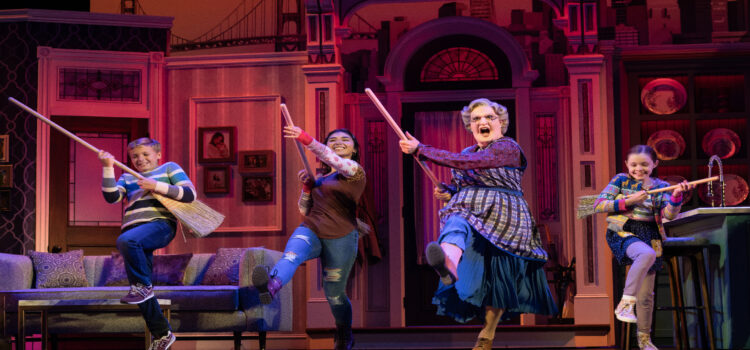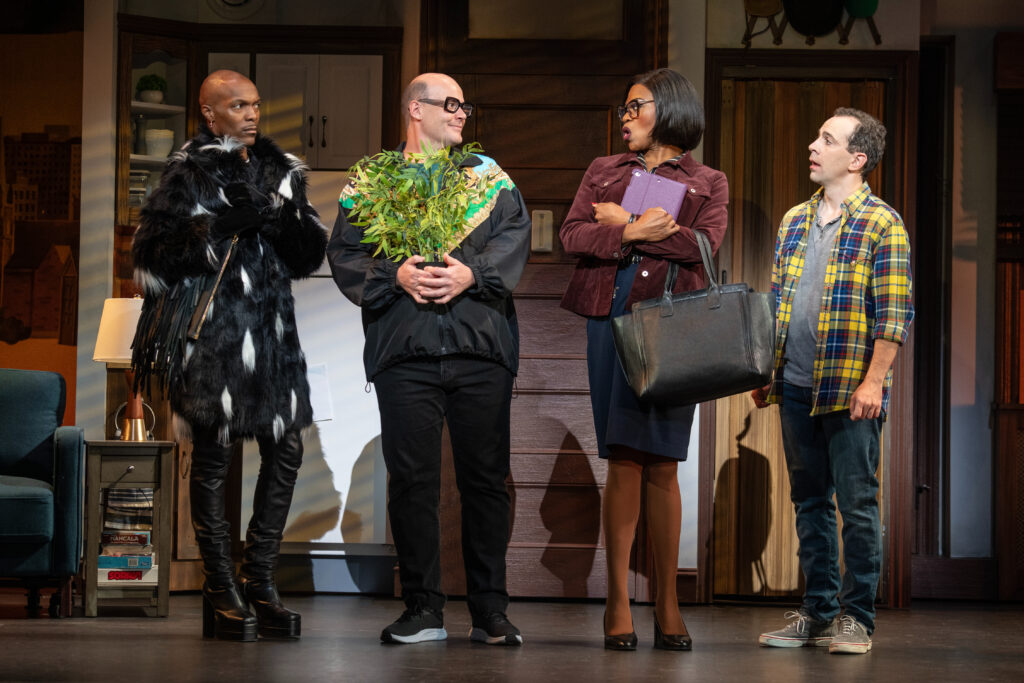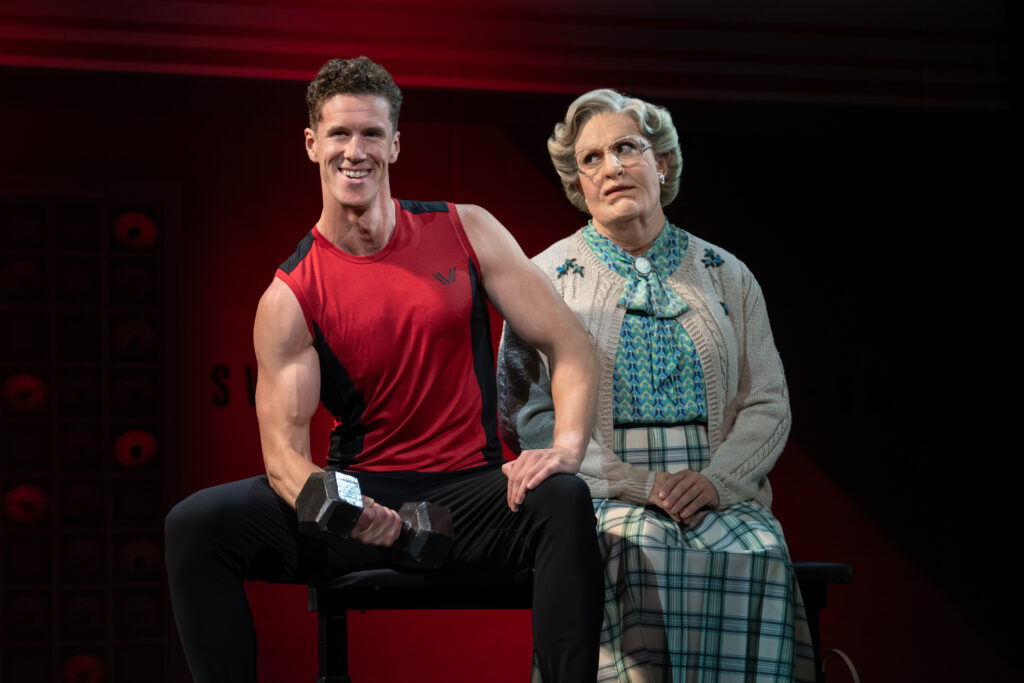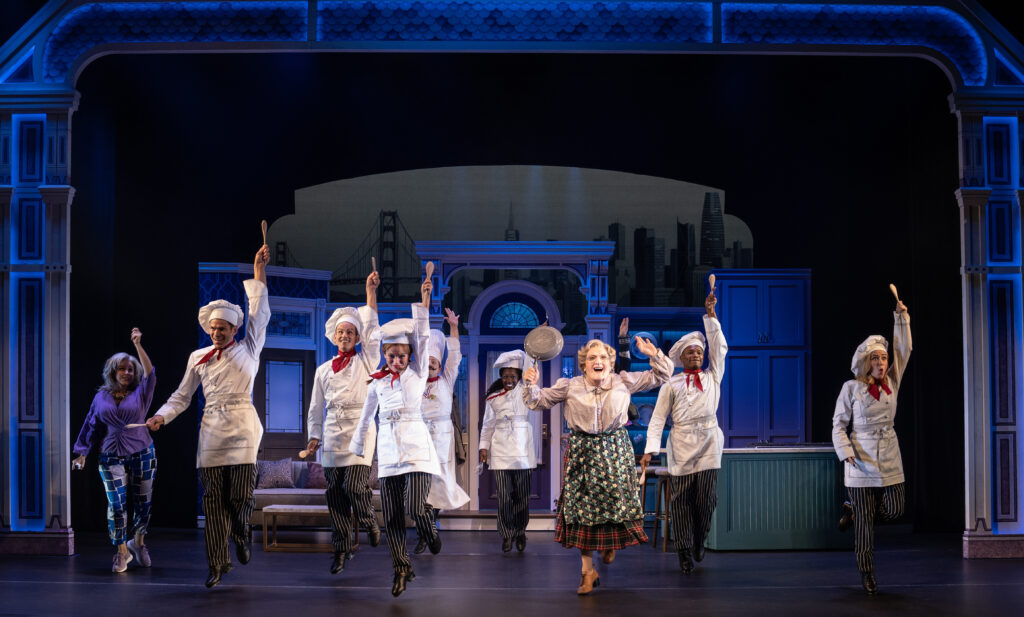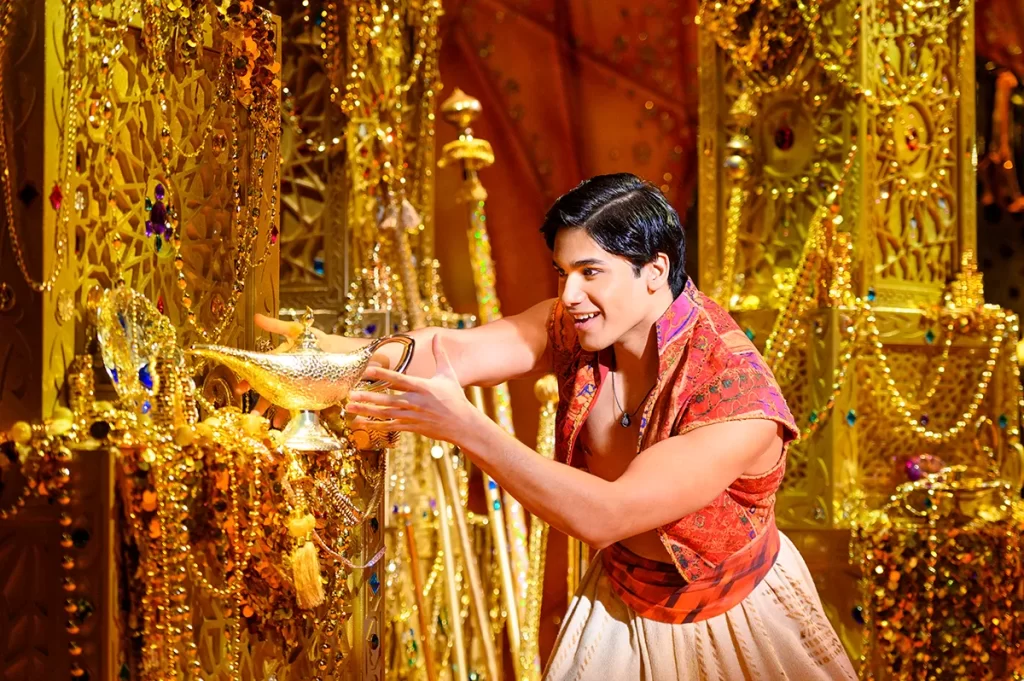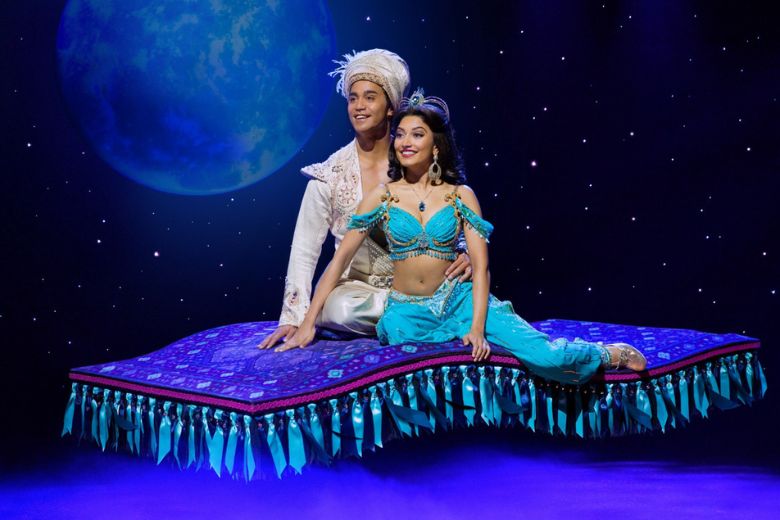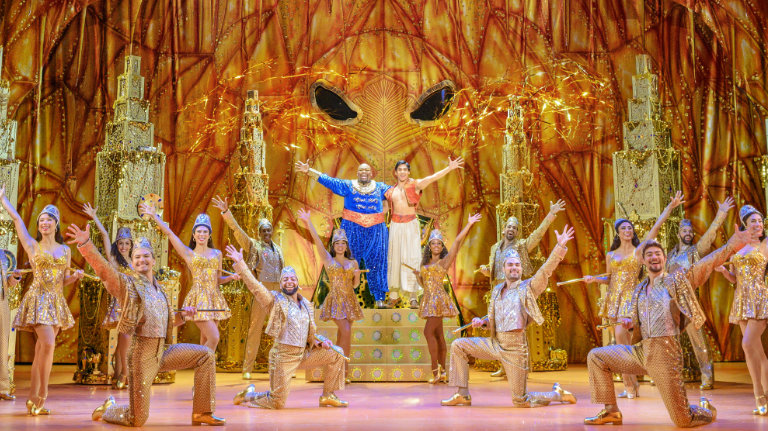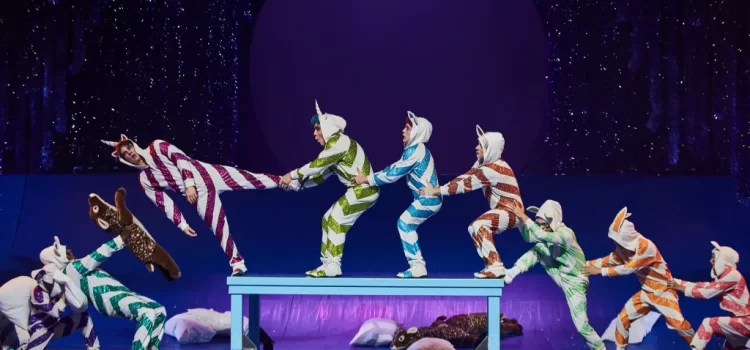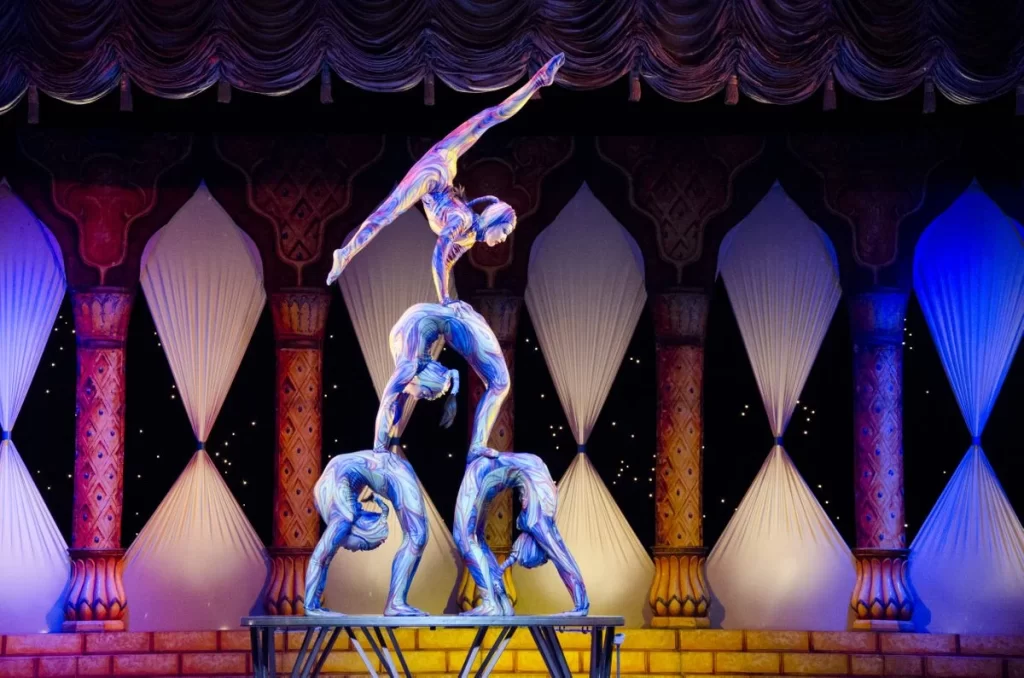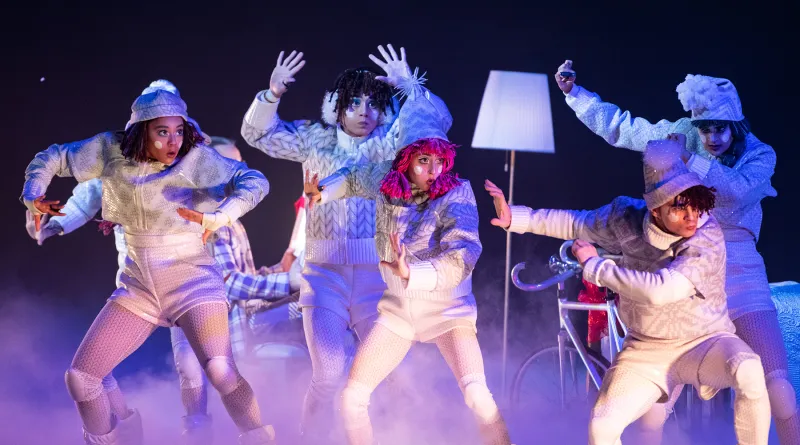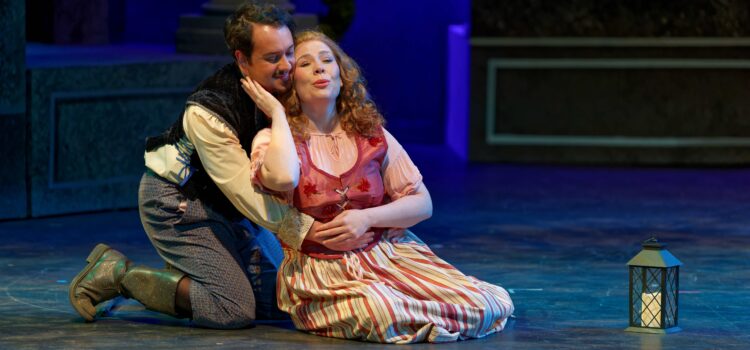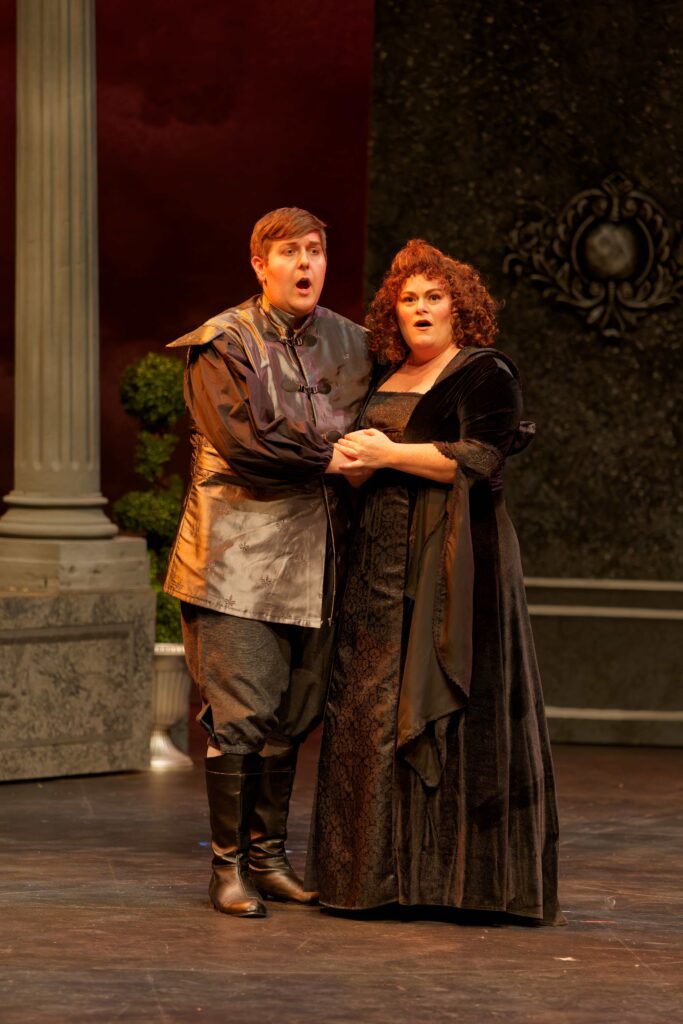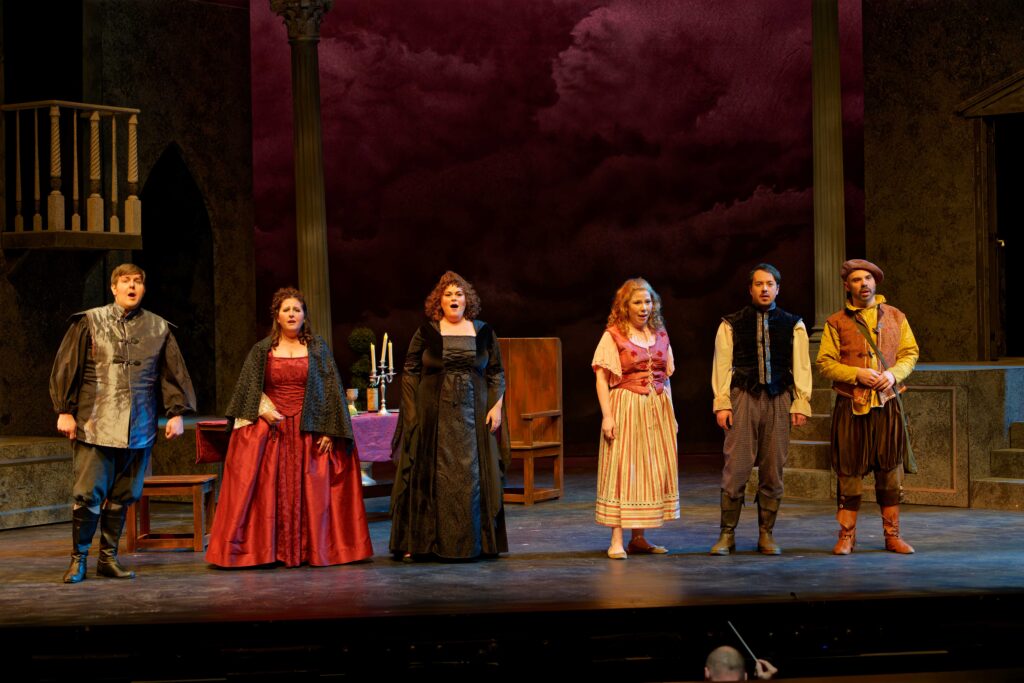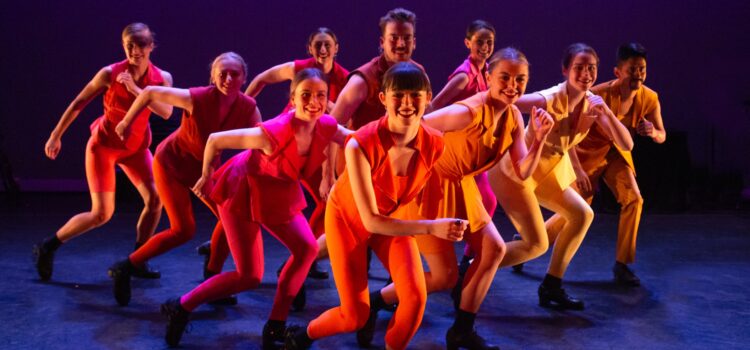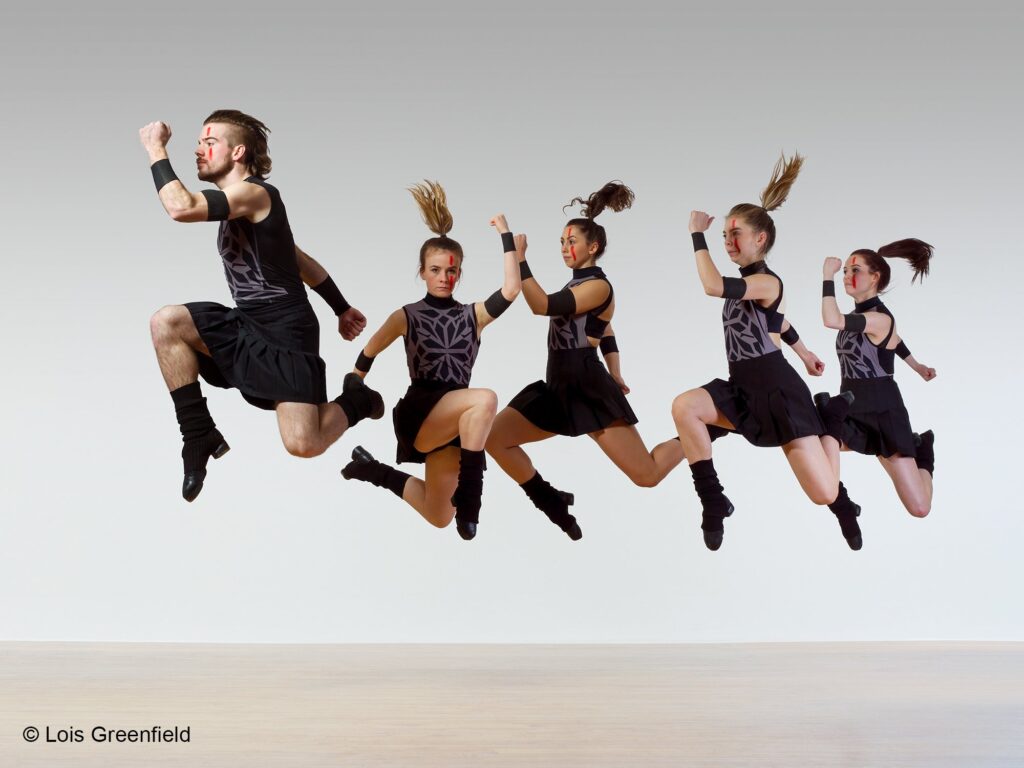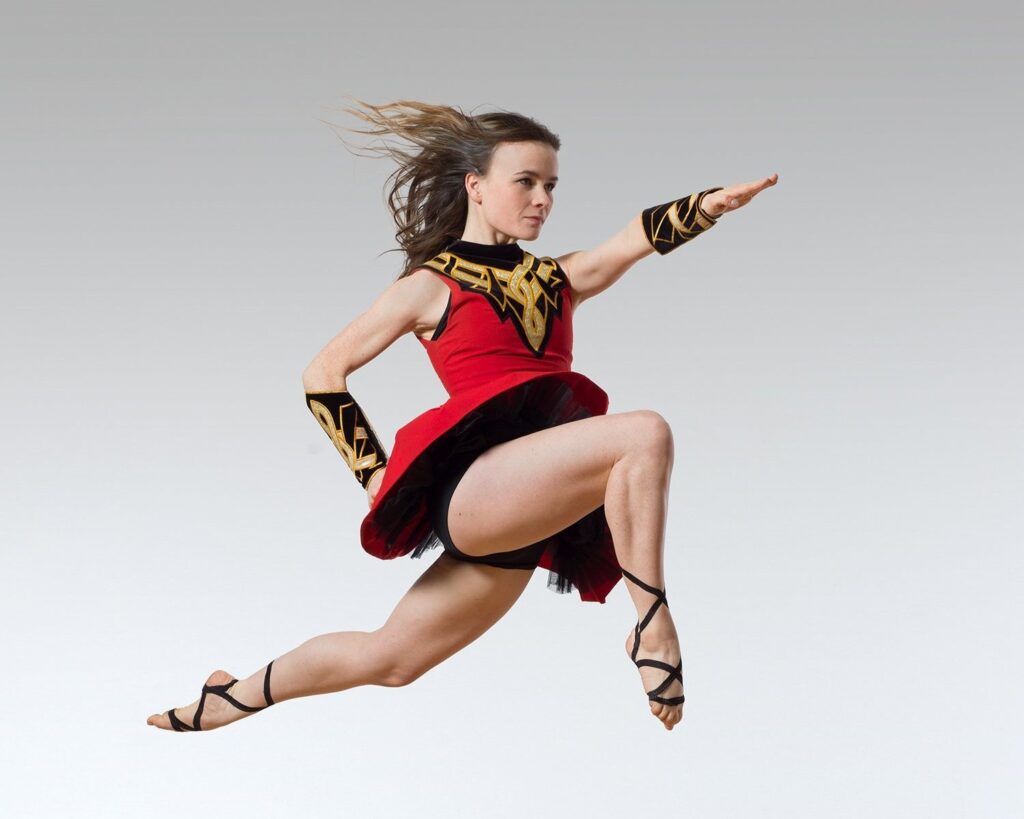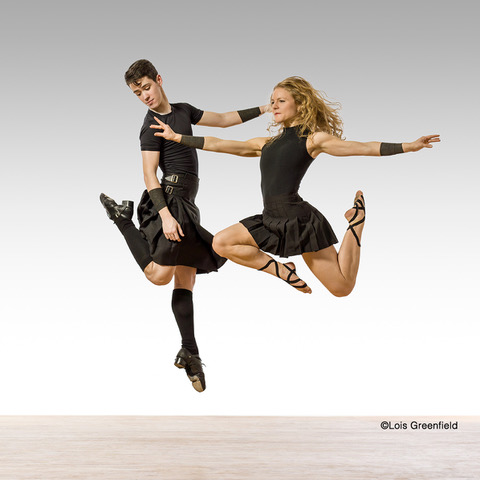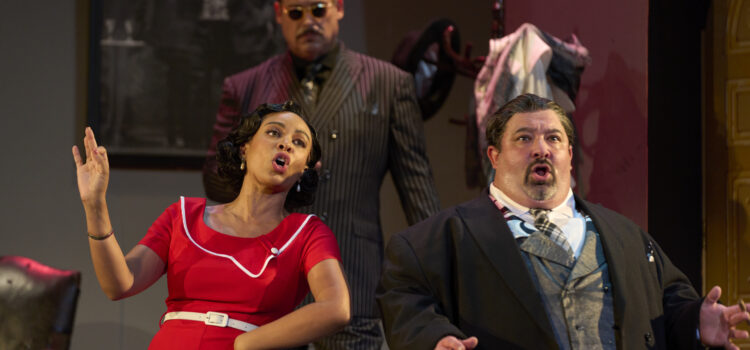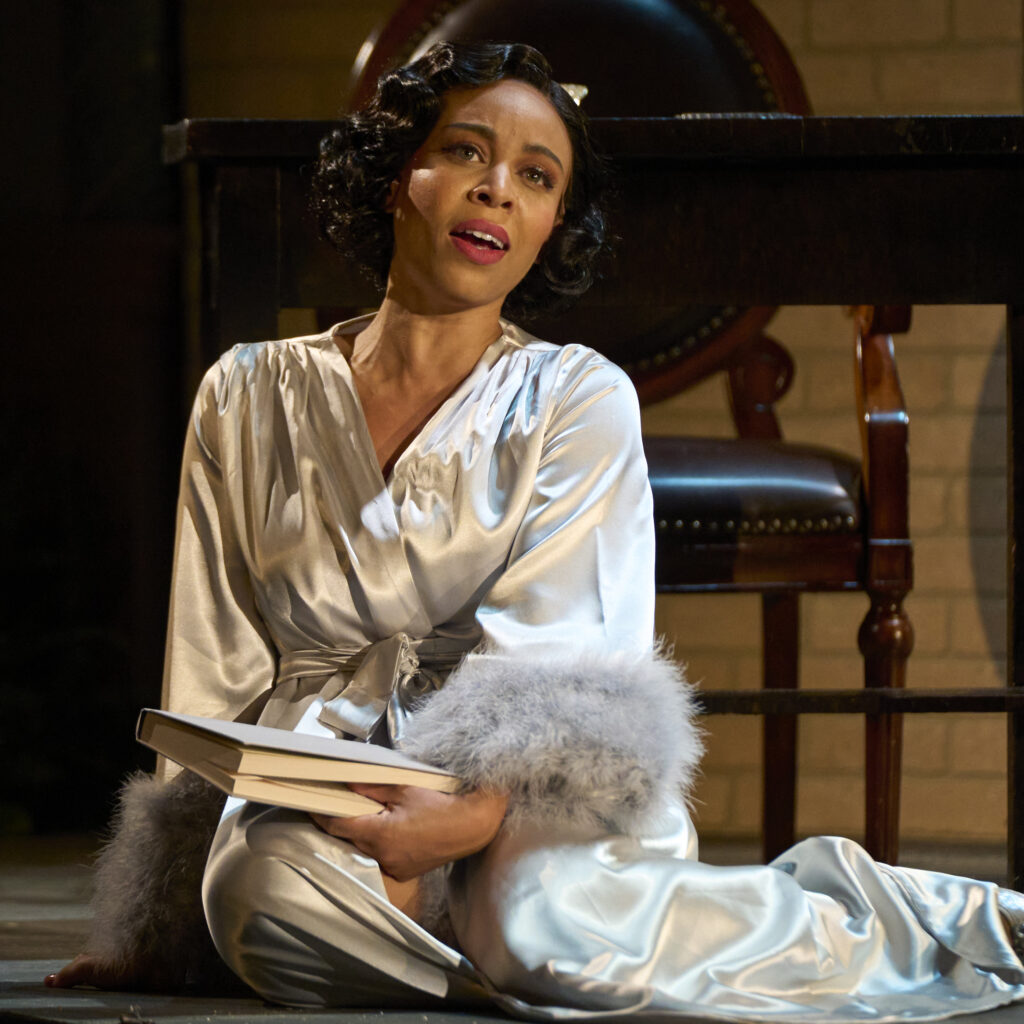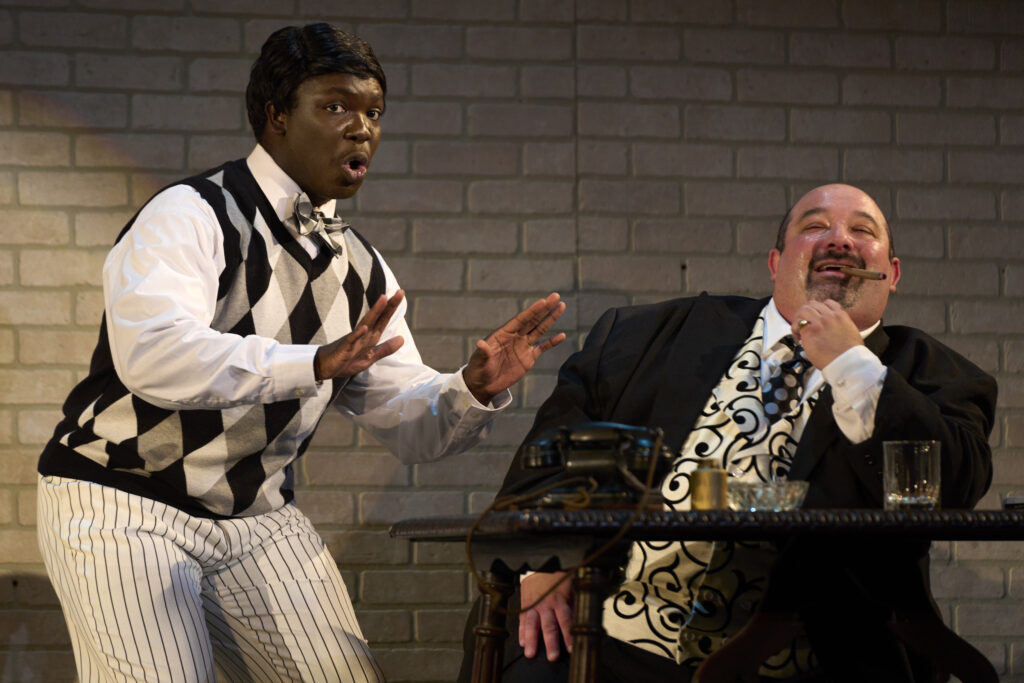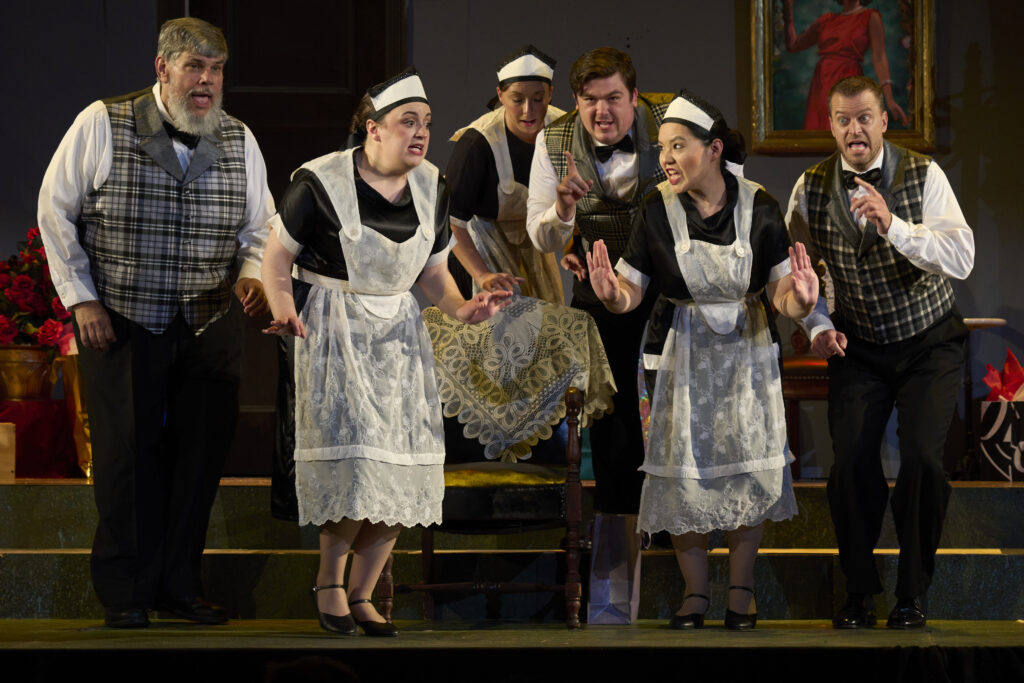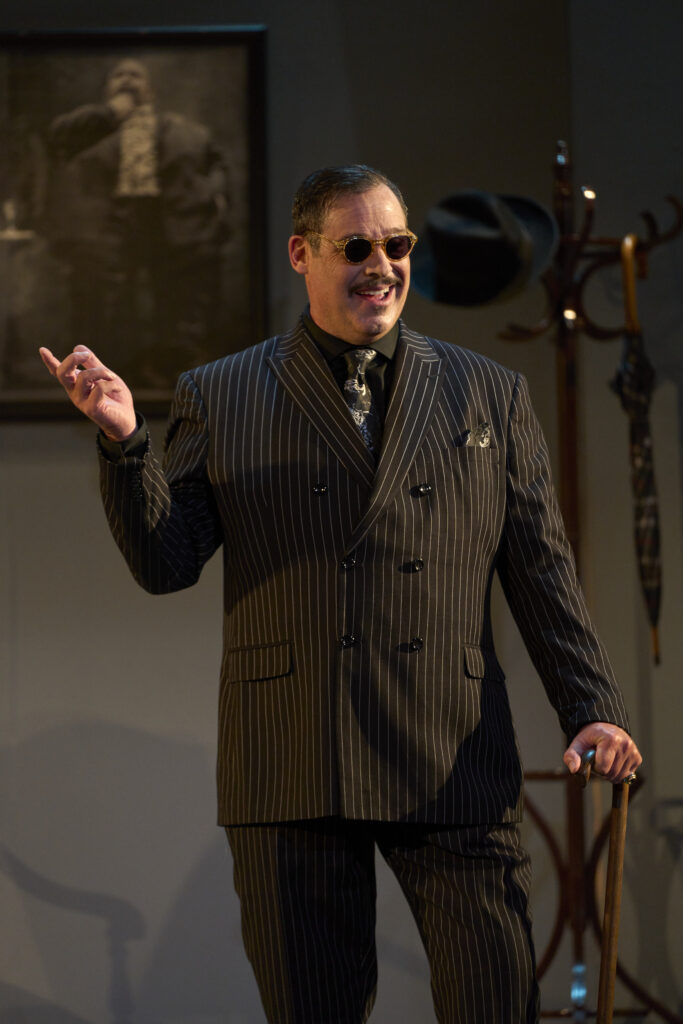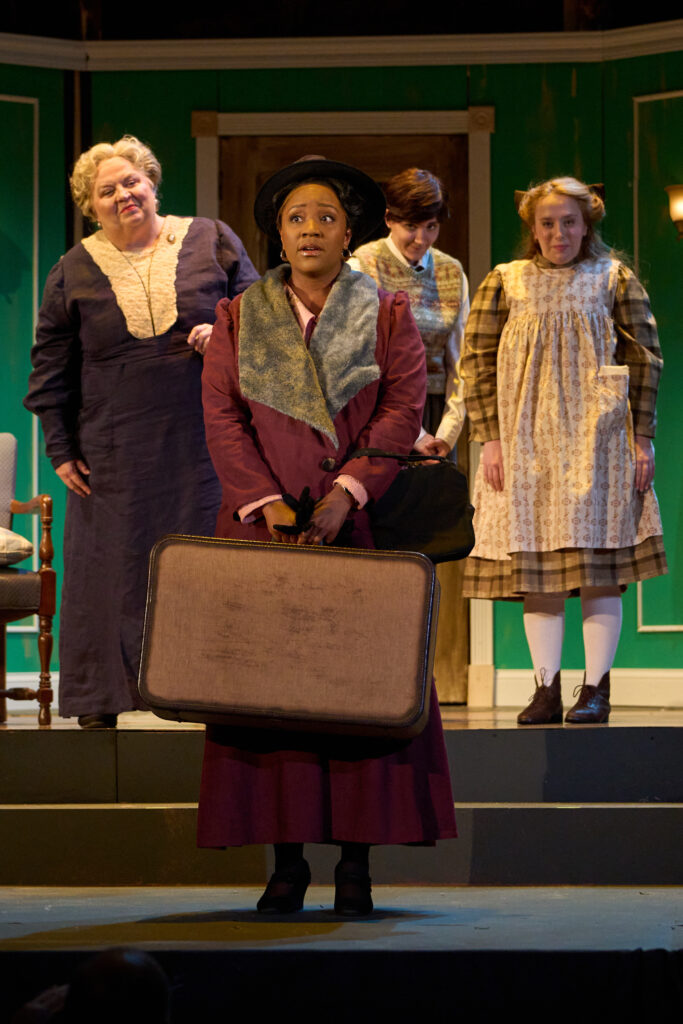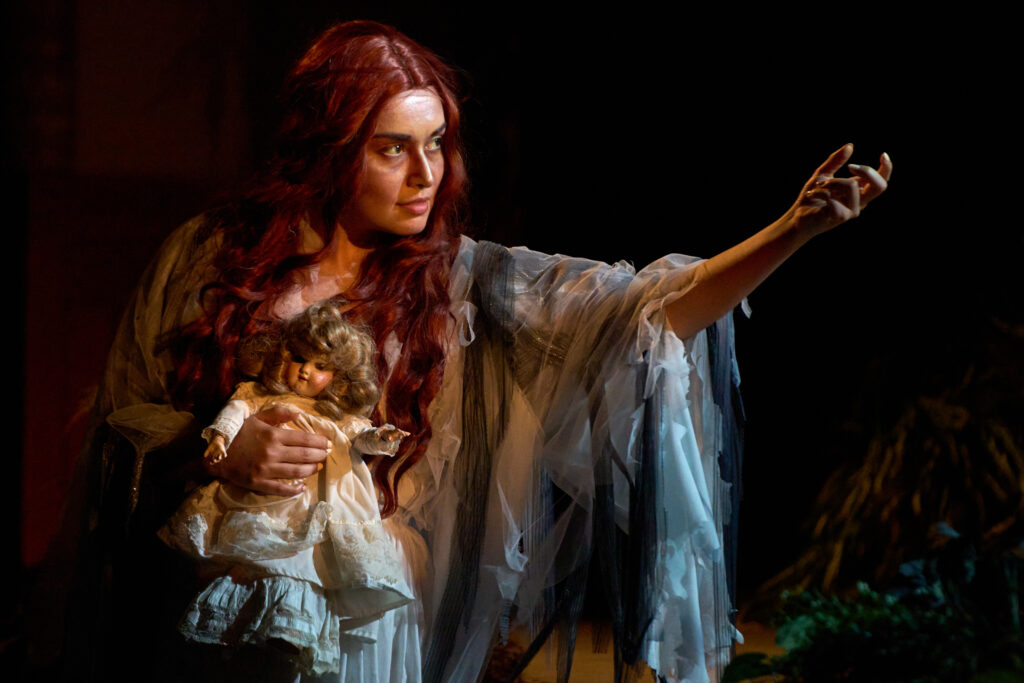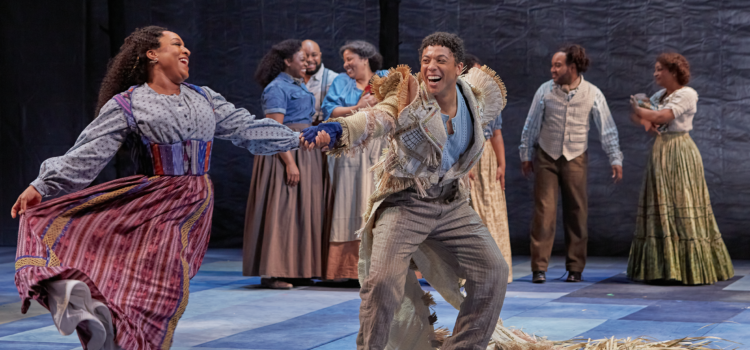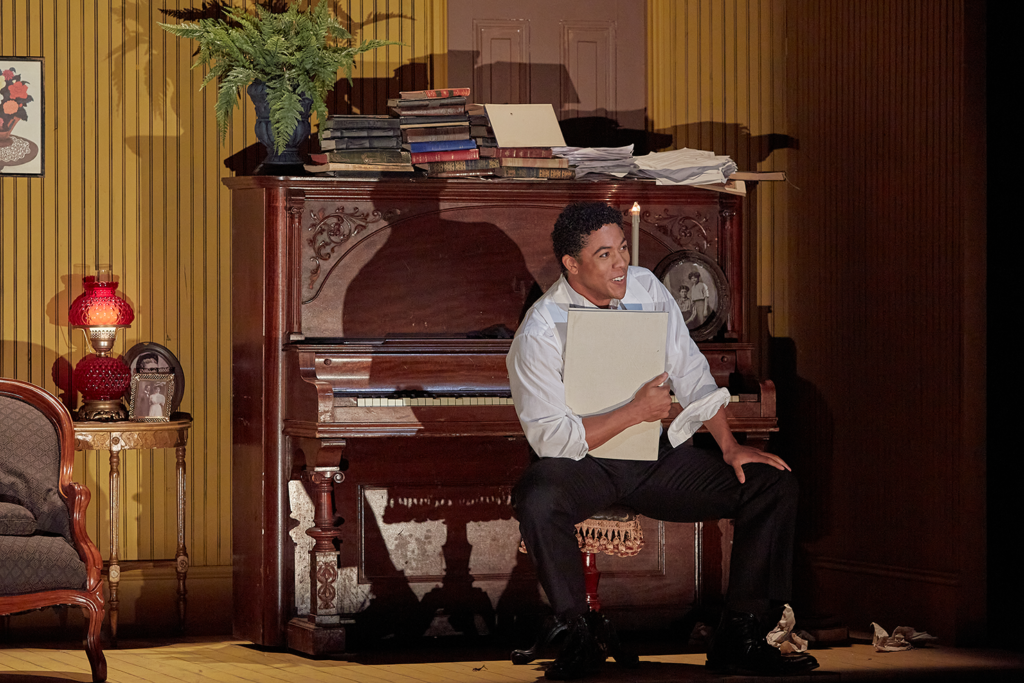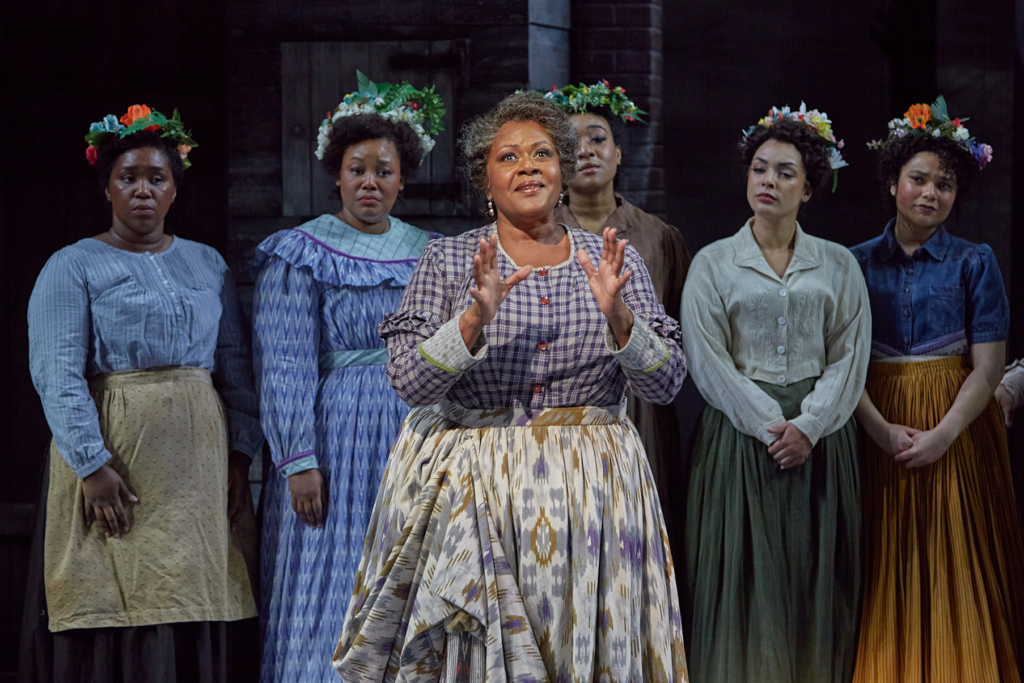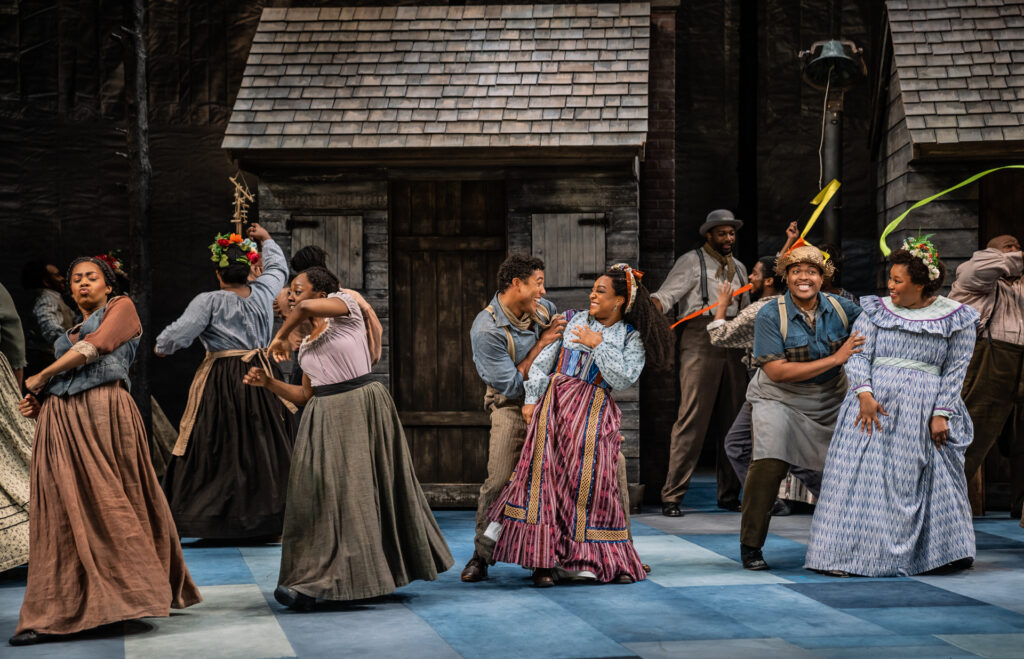By CB Adams
You cannot really review the current touring production of “Mamma Mia!” that made a stop at The Fox February 13-18 without acknowledging the power, musicality and earworm-iness of the source material – that is, the Swedish supergroup ABBA.
Inducted into the Rock and Roll Hall of Fame in 2010, ABBA’s diverse musical influences created a unique fusion of genres that continues to resonate with audiences. From their meticulous studio craftsmanship to their harmonic complexity and juxtaposition of melodies with poignant lyrics, ABBA set a standard that continues to resonate in contemporary pop.
Their ability to blend joy with melancholy and infuse authentic emotion into their music remains a testament to their enduring influence and cultural significance, transcending boundaries of time, genre and geography.
Consider the popularity of the current virtual concert “ABBA Voyage” in London, featuring virtual avatars called “ABBAtars,” resembling the group’s appearance in 1979 (just a few years before they disbanded), accompanied by re-recorded vocals from the original bandmembers, recorded. In these virtual resurrections, ABBA joins other influential performers, including Tupac, Michael Jackson, Elvis Presley, Maria Callas (opera diva) and Whitney Houston (pop diva).
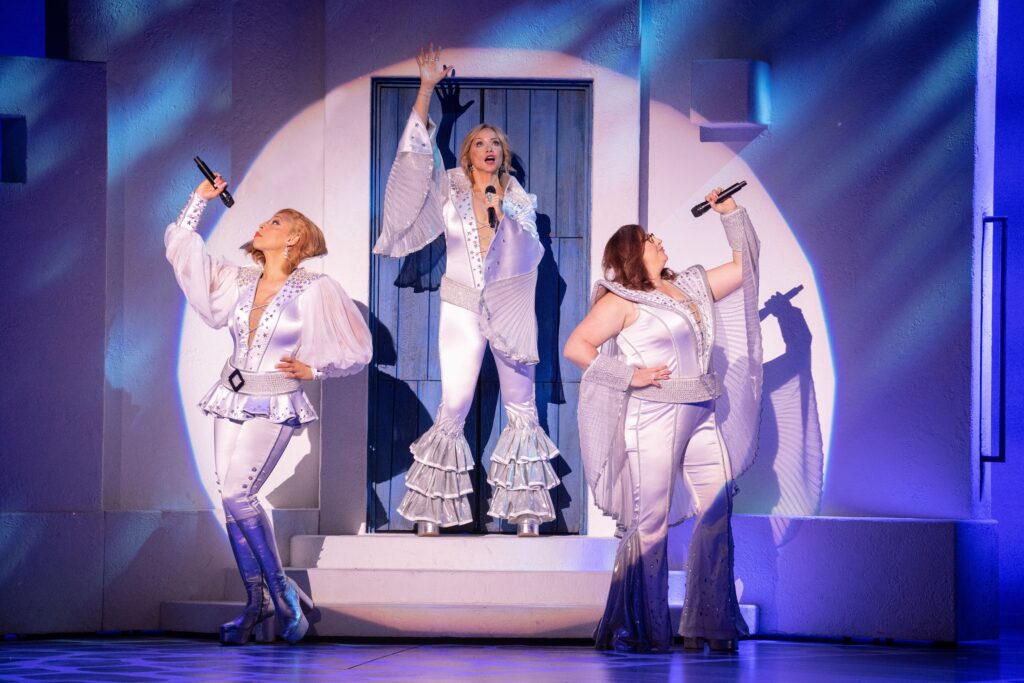
Photo by Joan Marcus
So, mash up some of the best of ABBA’s song with a mostly forgotten 1968 comedy starring Gina Lollobrigida, “Buona Sera, Mrs. Campbell,” and you get a “supa-pa, troupa-pa” of a jukebox musical that has been a chugging along since 1999. This latest touring production (celebrating the 25th anniversary!) opened in St. Louis at the Fox with another capacity audience.
The Gateway City has always had a thing for “Mamma Mia,” (along with “Wicked”), that is just one of those delightfully unexplainable things. Maybe it’s the strong women (most of them older) and unabashed girliness. Maybe it’s use of men as more or less silly set dressing. Maybe it’s because, as it gallops along, the musical never takes itself too seriously. Maybe it’s the spandex?
As opening night proved yet again – it’s a flat-out good time and designed to be an effective ABBA delivery system. From the moment Alisa Melendez belted out the opening notes of “I Have a Dream,” it was evident that this production lives up to its predecessors. Melendez’s portrayal was a testament to her talent and charisma, effortlessly carrying the audience through Sophie’s journey of self-discovery and the quest to uncover her father’s identity.
Christine Sherrill’s portrayal of Donna, Sophie’s fiercely independent mother, struck a perfect balance of strength and vulnerability, captivating the audience with her powerful vocals and authentic emotional depth. Joined by her loyal friends Rosie and Tanya, portrayed with impeccable comedic timing by Carly Sakolove and Jalynn Steele respectively, Donna’s journey is enriched by the genuine camaraderie and chemistry among the trio.
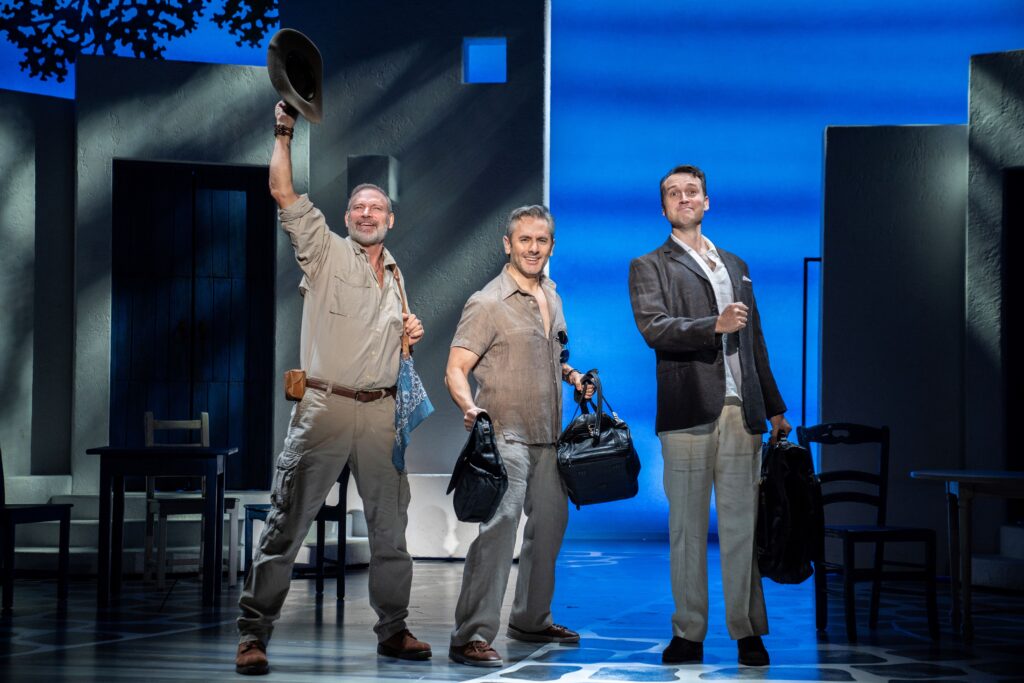
Photo by Joan Marcus
The supporting cast, including the trio of potential fathers – Harry Bright (Rob Marnell), Bill Austin (Jim Newman) and Sam Carmichael (Victor Wallace) – each brought their own unique flair to the stage, infusing the production with humor and sincerity.
The Ensemble’s electrifying dance numbers and infectious enthusiasm were also standouts. Anthony Van Laast’s choreography is clever, fun and energetic. Even though the dance numbers continue to delight, they could use a bit of a refresh. However, in the spirit of “if it ain’t broke don’t fix it,” this may be asking for the unnecessary. From the lively choreography of “Lay All Your Love On Me” to the nostalgia-inducing medleys, the ensemble’s energy was palpable, igniting the stage with every high kick and synchronized move.
The lighting and staging hew closely to the show’s overall aesthetic – simple, clever at times, and effective – and do not get in the way of the delivery of the tunes. The show suffered somewhat from acoustics. The sound was sometimes too loud, unbalanced and interfered with the clarity of the vocals.
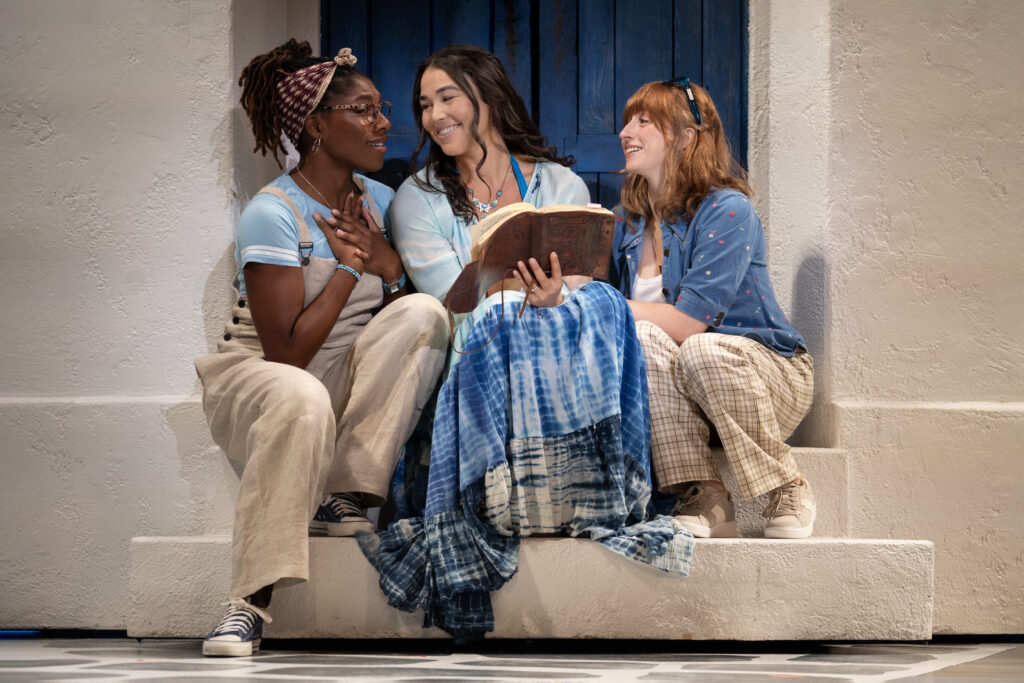
Photo by Joan Marcus
As the performance drew to a close, it became evident that “Mamma Mia!” succeeds as a celebration of love, friendship and the enduring power of music to unite and uplift. If the show ended with the curtain, it would prove worthy of its ticket prices. Then the cast kept the party going with an anticipated, electrifying encore that ends up being one of the highlights of the show.
Donning vibrant costumes and exuding boundless energy, the cast launched into a bouncy, enthusiastic medley. It was fun to see the Ensemble dancers cut loose and strut their stuff – with the audience on their feet, clapping and singing along.
“Mamma Mia!” runs at The Fabulous Fox from Feb. 13-18. For ticket information, visit www.fabuloufox.com
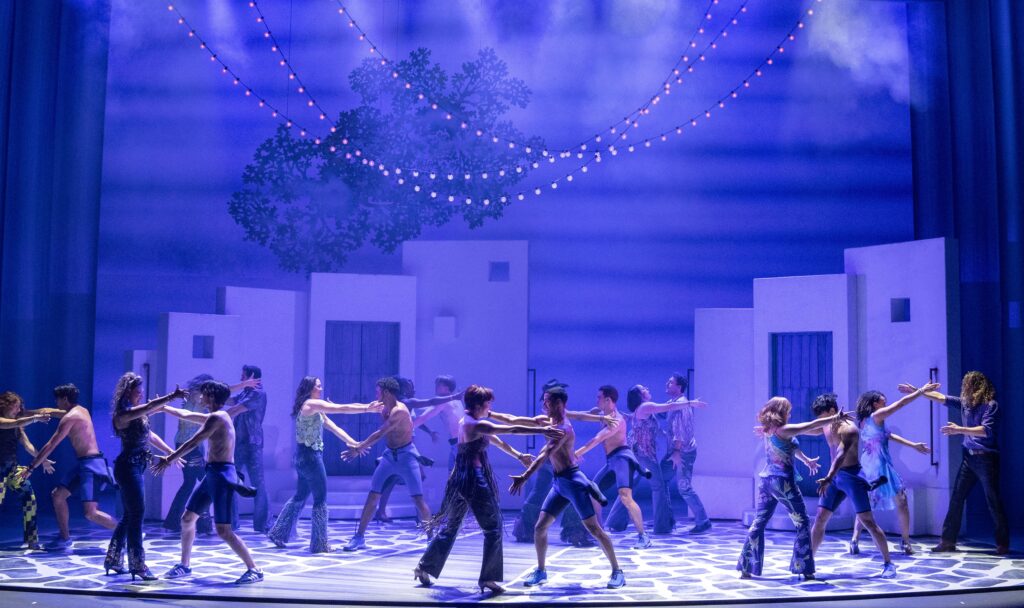

CB Adams is an award-winning fiction writer and photographer based in the Greater St. Louis area. A former music/arts editor and feature writer for the St. Louis Globe-Democrat, his non-fiction has been published in local, regional and national publications. His literary short stories have been published in more than a dozen literary journals and his fine art photography has been exhibited in more than 40 galley shows nationwide. Adams is the recipient of the Missouri Arts Council’s highest writing awards: the Writers’ Biennial and Missouri Writing!. The Riverfront Times named him, “St. Louis’ Most Under-Appreciated Writer” in 1996.

